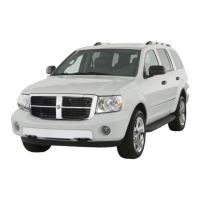
Do you have a question about the Dodge 2007 Durango and is the answer not in the manual?
| Brand | Dodge |
|---|---|
| Model | 2007 Durango |
| Category | Automobile |
| Language | English |
Explains the higher rollover risk of utility vehicles due to higher ground clearance and center of gravity.
Highlights seat belts, knee bolsters, and airbags as critical safety features for occupant protection.
Explains the driver and passenger supplemental restraint systems (SRS) including front and window bags.
Emphasizes the legal requirement and safety of proper child restraint systems in rear seats.
Explains the voice-activated system for making calls, managing contacts, and its Bluetooth integration.
Explains the function of various gauges and indicator lights on the instrument cluster.
Provides essential steps for safely starting the vehicle, including seat and mirror adjustment.
Covers the function of power assist, hydraulic systems, and the Anti-Lock Brake System (ABS).
Explains how ABS aids driver control during adverse braking, preventing wheel lock-up and skidding.
Details how ESP enhances directional control and stability by applying brakes and reducing engine power.
Highlights the importance of proper tire inflation for safe operation, affecting safety, economy, and stability.
Specifies the recommended gasoline types and octane ratings for optimal engine performance and emissions.
Provides critical safety precautions to prevent carbon monoxide poisoning from exhaust gases.
Explains how to determine maximum loading conditions and ensure proper weight distribution for safety.
Offers safety tips and information on towing limits, definitions, and vehicle/trailer compatibility.
Provides critical safety warnings and instructions for safely changing a tire.
Outlines the procedure for safely changing a tire, emphasizing not getting under the vehicle.
Provides crucial safety warnings and instructions for safely jump-starting a vehicle's battery.
Provides instructions on checking engine oil level, change intervals, and oil selection.
Addresses coolant checks, system maintenance, and the importance of proper coolant concentration.
Presents two schedules (A and B) for required vehicle service based on driving conditions.
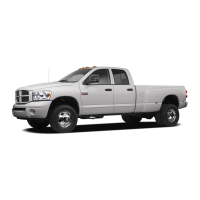
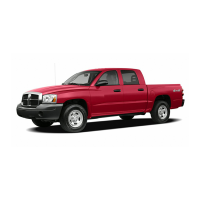
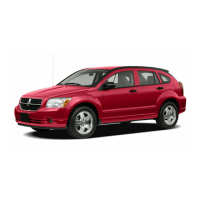
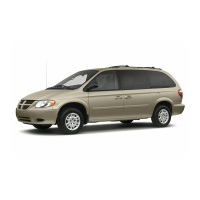

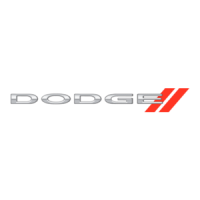
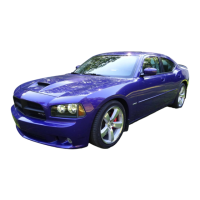


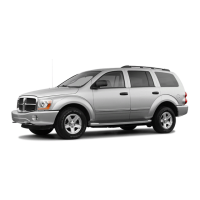
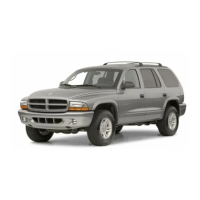
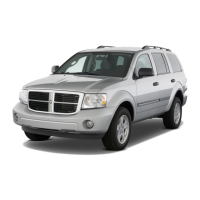
